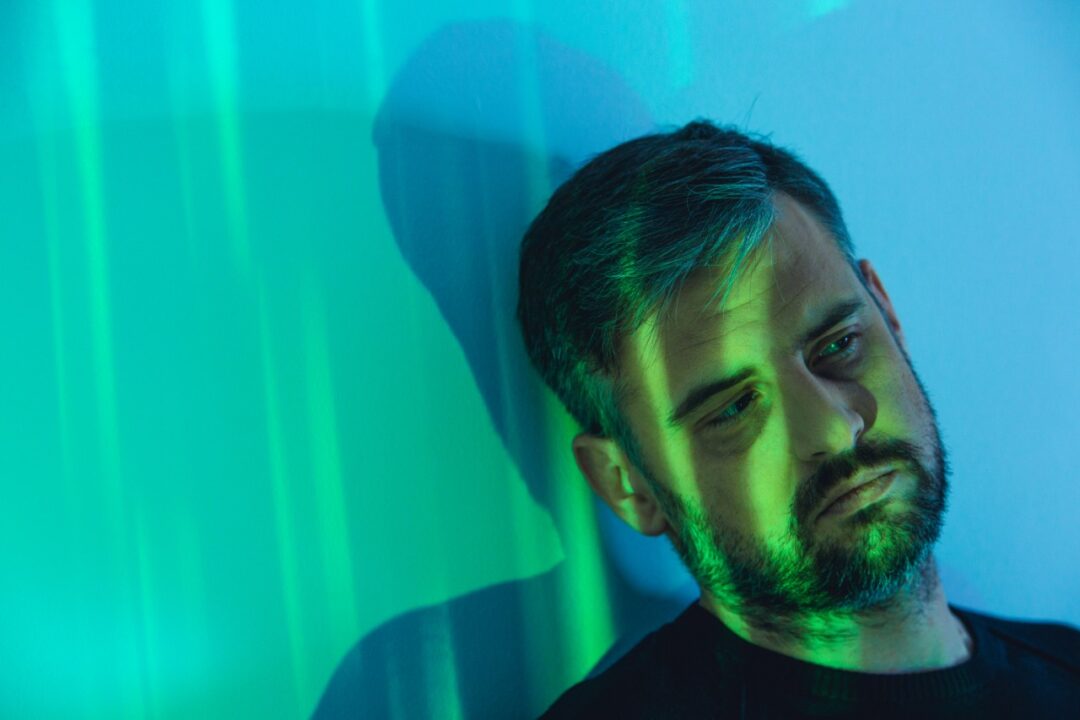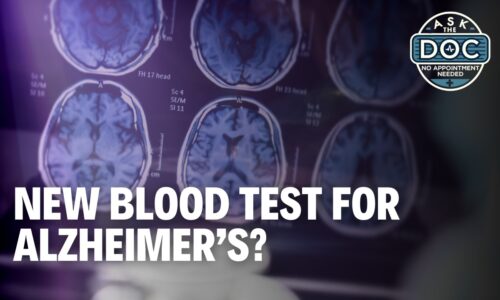What is seasonal affective disorder? |

Seasonal affective disorder (SAD) is a type of depression that is related to the decreased light exposure in the winter months. I mentioned it last week as one of the possible causes of the “holiday blues”, but it is an important topic that really deserves a full discussion of its own.
- Feeling depressed or down nearly every day (usually starting gradually in the fall, and lasting through the winter and even into early spring)
- Losing interest in activities that you usually enjoy
- Changes in your appetite, especially craving high carbohydrate foods
- Low energy level, or feeling sluggish
- Sleep problems (trouble falling asleep, trouble staying asleep, or oversleeping)
- Feeling agitated, anxious, guilty, worthless, or hopeless
- Difficulty concentrating
- Having frequent thoughts of death or suicide
- What increases risk for developing SAD?
- Living far from the equator. The further you live from the equator, the shorter your days will be in the winter.
- Having major depression or bipolar disorder. Either of these can worsen seasonally.
- Family history of SAD or another form of depression.
SAD is a complex issue, and probably has multiple triggers.
There have been two very recent studies that suggest that SAD is related to special light-sensing cells in the back of the eye that have a direct circuit to the brain. When these cells detect shorter light exposure due to the shorter days, they appear to use this special pathway to send signals directly to the part of the brain that affects mood. Prior to this research, most scientists thought that there were only two types of cells in the back of the eye that responded to light (rods and cones which are essential to vision). There is still much research to be done in order to really understand the role these cells play in SAD, as well as how we might use that knowledge to help treat the problem.
How is SAD treated?
- Exercise – Regular exercise helps to improve the chemical balance in your brain. It can help you to relieve stress and anxiety. It can also just make you feel better about yourself to be fit.
- Mind/body connection techniques – This includes, meditation, Yoga, tai chi, relaxation techniques, etc.
- Light therapy – This is one of the first line treatments for SAD. Exposing your eyes to more natural light by spending time outdoors is important, especially early in the day. A special light box can also be used that mimics natural outdoor light. When using light box therapy, you are exposed to this light within the first hour of waking up each day. Light therapy appears to be effective for most people suffering from SAD. However, it can trigger a manic episode in people with bipolar disorder, so patients with bipolar depression must be treated very carefully. Make sure to consult your doctor before starting any light therapy treatment with a light box.
- Psychotherapy – This can help you to learn healthy ways to cope with SAD symptoms, and learn to manage stress more effectively.
- Antidepressant medications – If you predictably have SAD every year, your doctor may recommend starting treatment before your symptoms typically start each year.
If you feel that you may be suffering from SAD, we have both medical and psychological providers here on our staff who would be happy to answer any questions that you may have.
If you have any more questions just Ask Hanna, our health advisors are here to help.
Dr. Anita Bennett MD – Health Tip Content Editor
Image: ©Shutterstock / Photographee.eu








